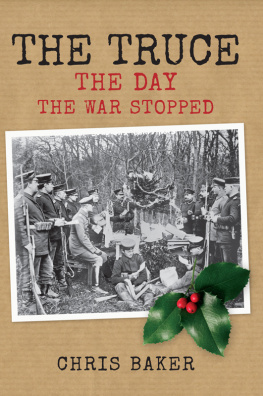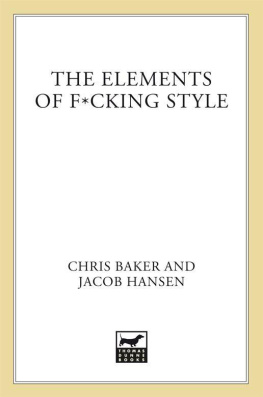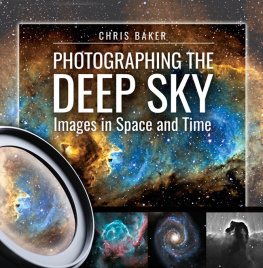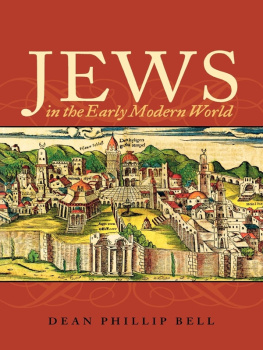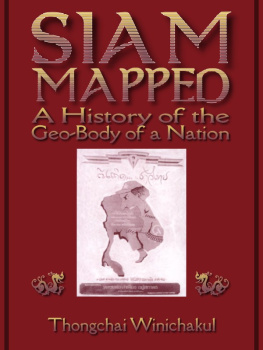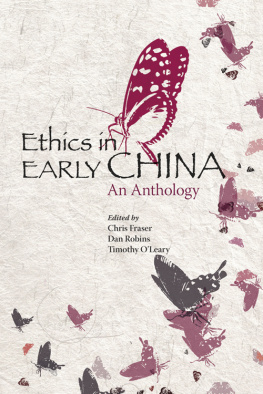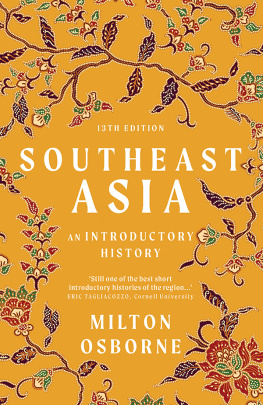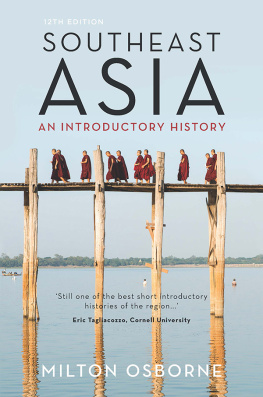For early European visitors, Ayutthaya ranked alongside China and India as the three great powers of Asia. This is the first English-language study of Ayutthayas emergence in the late thirteenth century to the citys destruction in 1767. Drawing on chronicles, accounts by Europeans, Chinese, Persians, and Japanese, law codes, visual culture, literature, and language, Baker and Phongpaichit offer a vivid and original view of early modern Siam. Ayutthaya emerged as an aggressive port that became Chinas major trading partner. Its society and kingship were shaped in an era of warfare. From 1600, peace paved the way for Ayutthaya to prosper as Asias leading entrepot under an expansive mercantile absolutism. Siam was an urban, commercial, and extraordinarily cosmopolitan society. The citys dramatic fall resulted not from social or political decline but a failure to manage the consequences of prosperity. Focusing on commerce, kingship, Buddhism, and war, this book offers new perspectives on Southeast Asia in the early modern world.
Chris Baker is an independent scholar. Pasuk Phongpaichit is Professor of Economics at Chulalongkorn University, Bangkok. Together they have written eight books and over thirty articles on Thailands history, literature, and political economy; have translated key historical sources, pioneering works by Thai historians, and literary classics, including the epic poem The Tale of Khun Chang Khun Phaen (2010) which won the AAS translation prize; and have held visiting posts at universities in the USA, Japan, and Australia.
University Printing House, Cambridge CB2 8BS, United Kingdom
One Liberty Plaza, 20th Floor, New York, NY 10006, USA
477 Williamstown Road, Port Melbourne, VIC 3207, Australia
4843/24, 2nd Floor, Ansari Road, Daryaganj, Delhi 110002, India
79 Anson Road, #06-04/06, Singapore 079906
Cambridge University Press is part of the University of Cambridge.
It furthers the Universitys mission by disseminating knowledge in the pursuit of education, learning, and research at the highest international levels of excellence.
www.cambridge.org
Information on this title: www.cambridge.org/9781107190764
DOI: 10.1017/9781108120197
Chris Baker and Pasuk Phongpaichit 2017
This publication is in copyright. Subject to statutory exception and to the provisions of relevant collective licensing agreements, no reproduction of any part may take place without the written permission of Cambridge University Press.
First published 2017
Printed in the United Kingdom by Clays, St Ives plc
A catalog record for this publication is available from the British Library.
ISBN 978-1-107-19076-4 Hardback
ISBN 978-1-316-64113-2 Paperback
Cambridge University Press has no responsibility for the persistence or accuracy of URLs for external or third-party internet websites referred to in this publication and does not guarantee that any content on such websites is, or will remain, accurate or appropriate.
Contents
Figures and Tables
Figures
Tables
Maps
Preface: Ayutthaya in History
European travelers in the sixteenth and seventeenth centuries placed Ayutthaya or Siam among the three great powers of Asia alongside China and India. They reckoned the city as large as London or Paris, and they marveled at the gold in the temples and treasuries. Later events have obscured this major part of the Southeast Asian past. In 1767, Ayutthaya was destroyed by Burmese armies. Much of its historical record was lost. As Siam avoided formal colonialism, it missed the data gathering and history writing by early colonial officers elsewhere. To this day, there is no academic study of the full four centuries of Siam in the Ayutthaya era.
Of course, Ayutthaya is covered in
The history of Southeast Asia was originally written from the post-colonial capitals. Its major theme was the commercial and cultural penetration of the west. Having no colonial ex-master, few spices, and even fewer converts to Christianity, Siam had a subdued role in this account. Ayutthayas rise (and fall) belongs instead to an Asian story of Asian trading networks, cultural influence from China and India, and rivalries between regional neighbors. This Asian story is now coming into its own.
Within Thailand, the neglect of Ayutthaya is bound up with the role it was assigned in the national history. The early histories of Siam, compiled from the mid-nineteenth century, begin with the foundation of Ayutthaya in 1351 in the royal chronicles.in the ruins of the grand palace at Ayutthaya, King Chulalongkorn called for the construction of a new national history:
Those many countries which have been formed into nations and countries uphold that the history of ones nation and country is an important matter to be known clearly and accurately through study and teaching. It is a discipline for evaluating ideas and actions as right or wrong, good or bad, as a means to inculcate love of ones nation and land.
He noted that most countries had histories stretching over a thousand years. He regretted that Siams history extended back no further than 1351, and attributed this to over-reliance on the royal chronicles. He urged the audience to use other sources, such as Pali chronicles and archeology, to extend Siams history further into the past.
Id like to persuade all of you to make up your minds that we will collect the historical materials of the country of Siam for every city, every race, every dynasty, and every era to compile a history of Siam over the past thousand years.
Between 1912 and 1917, Prince
Over the next decade, Prince Damrong compiled a core history of Ayutthaya. Again he used a range of sources including the Ayutthaya chronicles, excerpts from the Burmese chronicles
Prince Damrongs work was developed into a national history that occupied the textbooks and popular accounts for the rest of the twentieth century. In this history, Sukhothai is the first capital of the Thai and its era in the thirteenth and fourteenth centuries is the Dawn of Happiness, a Golden Age marked by Buddhism, paternal kingship, and Damrongs Thai values. During the Ayutthaya era, the Thai purity of Sukhothai is besmirched by Khmer influence
This story is reflected in the first English
After this narrative was set into the textbooks and Prince Damrong
Starting in the 1980s, an attack on this national history was mounted by a group associated with Sinlapa watthanatham (Art and Culture), a monthly cultural magazine and publishing house.
Second, the school presented history as a process of increasing anthropological complexity in which kings and other hero figures were incidental. In Srisakaras master work, Sayam prathet (The country of Siam), the motors of history are the increasing ethnic complexity of society and the gradual extension of commercial networks and cultural exchanges. Through these processes, the basis of society evolves from village in the Bronze Age, to town ( mueang ) in the early first millennium CE, to state in the late first millennium, and finally to kingdom ( ratcha-anajak ) in the early Ayutthaya era. As ethnicity and monarchy no longer served as the focus of history, the Sinlapa watthanatham
After making a case for giving Ayutthaya more importance than Sukhothai in the national history, and presenting this view of its emergence, which was path-breaking for its time, the book followed the conventional story.


